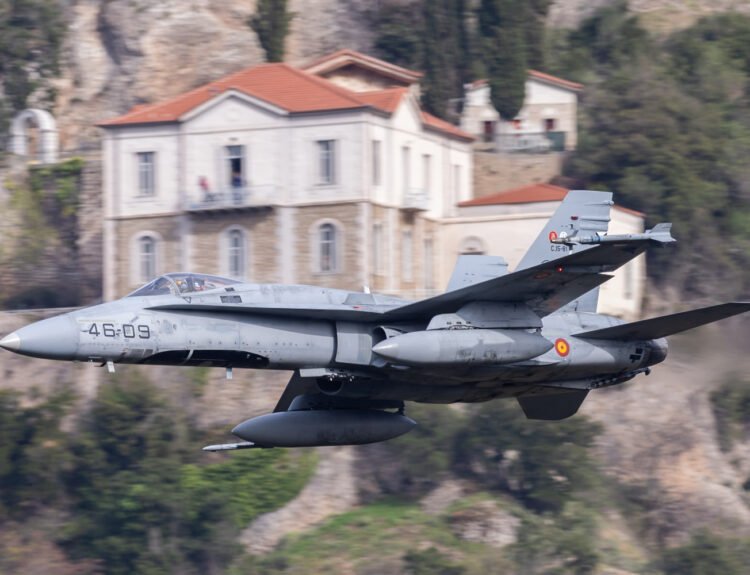In 2024, with the final retirement of the F-4 Phantom II fighter jets at Suwon Air Base, the Republic of Korea Air Force officially bid farewell to one of its most iconic and longest-serving aircraft. As the final home of the F-4 in Korea, Suwon did not merely host these aircraft—it stood as a symbol of decades of aerial defense, dedication, and history.

Suwon Air Base: The Phantom’s Last Stronghold
Located in Gyeonggi Province, Suwon Air Base has been one of the key stations for the F-4 since the 1990s. As other bases gradually phased out the aircraft, Suwon became the last stronghold of the Phantom. The base, home to the ROKAF’s 10th Fighter Wing, played a crucial role in the air defense of the capital region, with F-4E fighters and RF-4C reconnaissance variants undertaking critical air interception and strategic reconnaissance missions.

Strategic Role and Critical Missions
The F-4s stationed at Suwon played vital roles in surveillance and emergency intercept missions, especially during heightened tensions with North Korea. The RF-4C reconnaissance variants often flew high-risk missions over the East Sea and along the border, gathering critical intelligence for national defense.
Due to its proximity to Seoul, the deployment of F-4s at Suwon also served as a strategic deterrent, underscoring the ROKAF’s rapid response capability and continuous readiness.

A Farewell Ceremony Full of Emotion
The retirement ceremony at Suwon Air Base in 2024 drew active and retired personnel, aviation enthusiasts, and media. During the event, the final F-4E made a commemorative taxi along the runway, adorned with special farewell markings. For many who had flown or maintained the aircraft, it was an emotional goodbye—tears were shed as a final salute to a long-serving guardian of the skies.

Looking Ahead: Legacy and Transition
Following the retirement of the F-4, Suwon Air Base is entering a new phase. Its missions will now be carried out by advanced platforms such as the F-35A stealth fighter and the upcoming KF-21. To honor the legacy of the Phantom, the base plans to preserve several aircraft for static display, opening them to the public as a tribute to their historical significance.
In conclusion, Suwon Air Base was more than the final station for the F-4; it was a symbol of the Republic of Korea Air Force’s enduring strength and legacy. Here, the Phantom flew its final missions and etched its legacy deep into the history of Korean aviation.
Video via YouTube by KOREA NOW. “F-4Es make farewell flight over S. Korea before retirement.”







